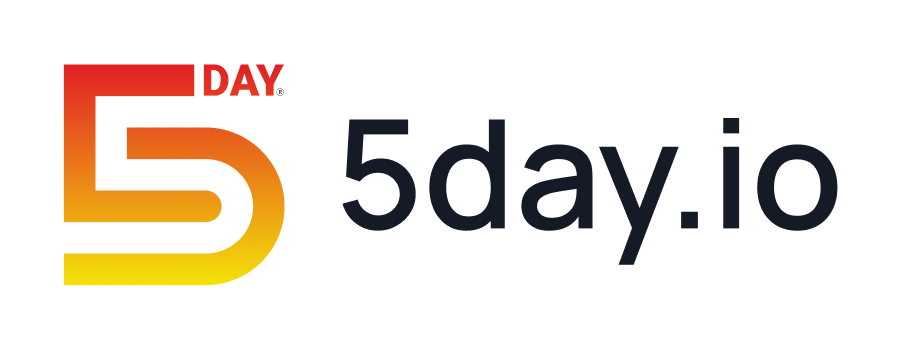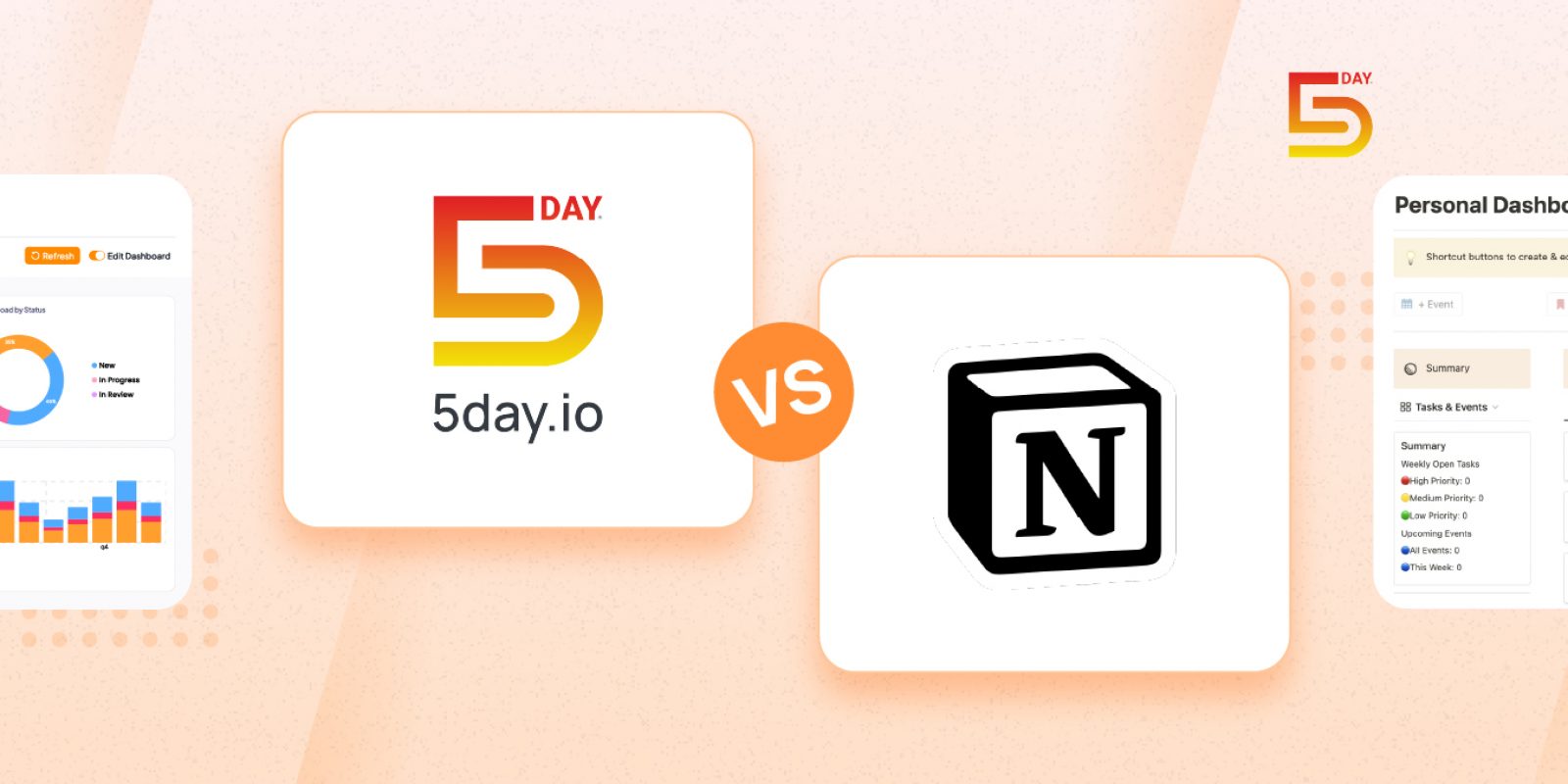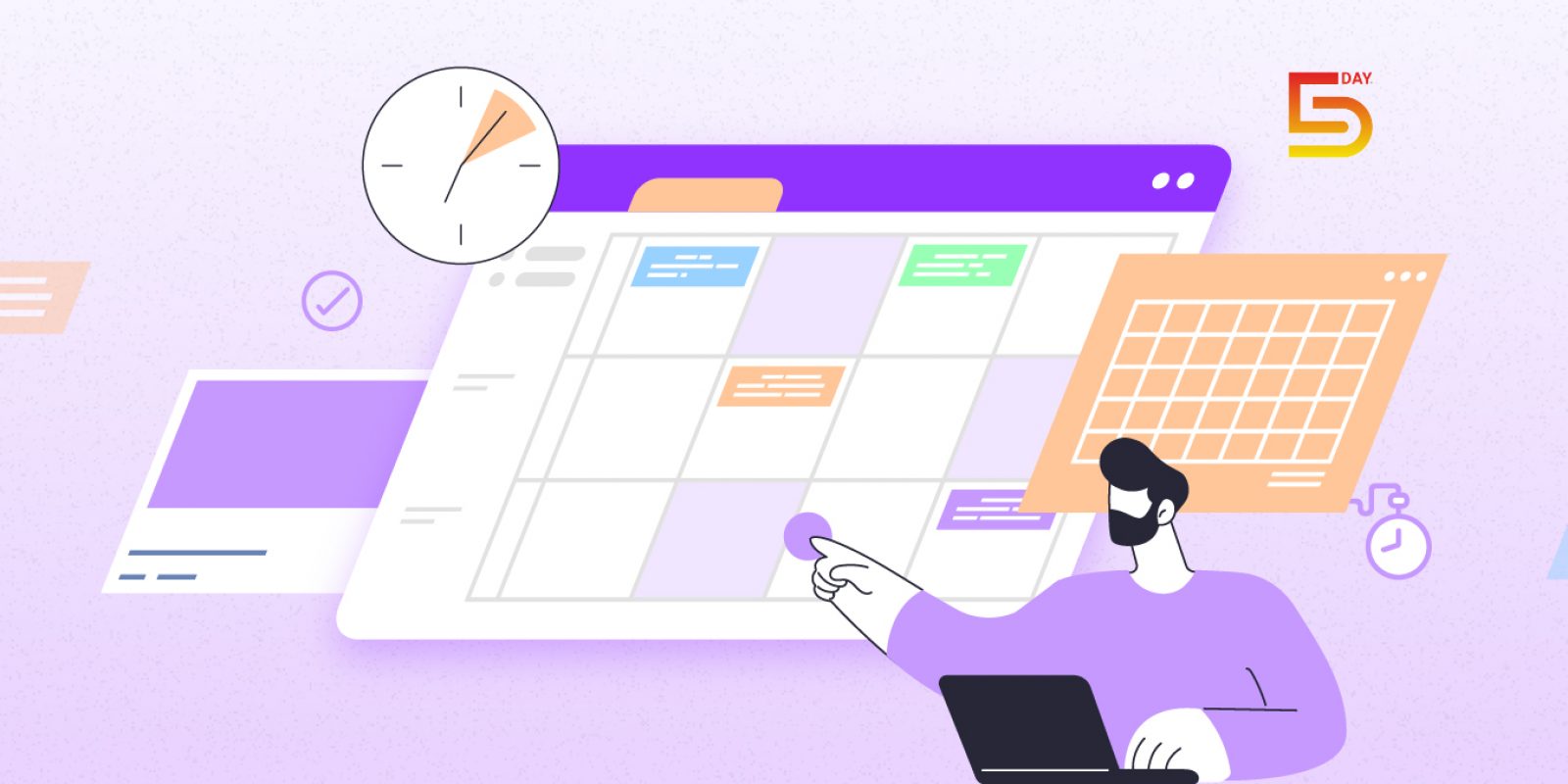According to an Incandgo survey, nearly 71% of full-time employees work overtime once a week. This data goes unaccounted for, the task list keeps growing, and the employees’ motivation decreases.
Keeping track of overtime is important for employers to manage resources, and it also helps employees track their workload and highlight their contributions within an ongoing process.
Infact, as per a SHRM report, many countries around the globe have strict labor laws that require fair compensation or complete prohibition of overtime work. So, no matter your views on the subject, tracking overtime becomes necessary.
This article explores how employees and employers both can benefit from overtime tracking. We will also explore which overtime tracking method is best for your team and what questions you can ask to decide which method to go for.
Is overtime tracking even beneficial?
Before we get into the nitty-gritty of it, let’s discuss if tracking overtime is even beneficial. Let’s face it, employees are quite resistant when it comes to tracking overtime. But doing so can be beneficial to them. How?
Let’s find out.
Benefits of overtime for employers
Optimizing their workforce is one of the biggest challenges a company faces when they scale. A failure to understand how to scale their team can bring about a lot of direct and hidden costs. By having a clear record of overtime, companies can:
- Reduce turnover
- Avoid burnout
- Avoid emergency hires
A study in 2020, observed that employees working in places and positions where overtime was unmonitored had higher feelings of exploitation and social exclusion. However, if correct effort-reward moderation was in place, their feeling of social inclusion got higher.
So, tracking overtime prevents burnout caused by extra work and saves employers the hidden costs associated with delayed outcomes.
Additionally, when employers track which teams or projects require consistently extra workforce/time, they can make data driven, savvy, and fiscally accurate hiring decisions.
Benefits of overtime for employees
Overtime tracking is not limited to protecting employees against wage theft. It helps identify critical insights into their:
- Workload
- Long-term career growth
- Mental health
Tracking overtime can help employees get insights into what kind of work they are doing. It gives them insights into all the additional work they are doing and whether it is actually valuable. The data helps them identify if they are trapped in a low effort + low reward cycle.
Employees can also use overtime tracking data to make their case for promotions and rewards or for requesting additional resources.
Additionally, it ensures that employees are not penalized for all the “invisible work” they do like sending emails or jumping on meetings after hours. Digital time tracking tools capture the full picture of their contributions leading to fair work distribution.
In cases of unfair work practices, employees can use this data as a negotiation tool to get the work that matches their skills and goals.
2 ways to track overtime + pros and cons
There are multiple options available when you consider how to track overtime. All these options have their pros and cons, depending on your use case.
Here, we will look at the two most popular time tracking tools and see which one fits your needs the best.
1. Manual time tracking
Manual time tracking is one of the simplest ways to track data related to employees working overtime. You can create a basic timesheet using Excel, Word, Google Docs, or just plain old pen and paper.
Employers also think manual time tracking is the most cost-effective solution, but it can have hidden costs. So, let’s discuss its pros and cons to know if it is the right choice for you.
Pros:
- Familiarity with tools like Excel, Word and simple pen plus paper makes it easy to get started
- Requires no investment in a tool and has a minimal learning curve compared to digital tools
- Manual tools are easily customizable as per your requirement
Cons:
- Manual time entries are prone to human error, where incorrect hours can be logged in
- Hidden costs like time, resources and labor spent on calculating overtime go unaccounted in these systems
- As the company scales, it is difficult to scale manual time entry systems
- Analyzing and using data like employee productivity and resource allocation is difficult with a manual system
- Employees can forget to log their timesheets and may need constant reminders
2. Time tracking software
Time tracking software makes it easy to capture all your activity. There are multiple tools in the market that tackle all your project management needs along with time tracking. This way you get accurate data without tool hopping and losing context.
Additionally, these tools are versatile, meaning, you can set them up to be as detailed or simple as you like. Now that we know how time tracking software operate, let’s discuss if they are the right choice for you.
Pros:
- Resource allocation, budget management and project deadlines become easy with such tools
- Foster a culture of openness, transparency and accountability with these tools
- Provide flexibility in time tracking to remote employees without manual intervention
- Bring transparency to your clients by tracking time accurately and providing detailed reports of billable time + overtime
- Track employee’s work patterns to spot risk of overwork or burnout early on and intervene right away
Cons:
- Slight learning curve associated to time tracking tools can create resistance from employees
- Potential micromanagement from team leads, or managers can impact teamwork (management training is essential to avoid this)
Which option is best for your team?
Manual time tracking may seem cost effective and easy, but in the long game, time tracking tools take the lead. They are effective, reliable and promote transparency and accuracy.
To determine if the time tracking tool will work in your team, here are some points you can consider:
- What is the size of your business? If it is under 3-5 people, all working in the same location, you might not need the tool
- What is your budget? (Cost might vary, and some tools have free time tracking options)
- Is the learning curve big for your team? How fast can you train them to use it?
- Do you want to onboard clients for transparency around billable hours and overtime?
How can 5day.io help in managing overtime?
Tracking time in 5day.io is simple. Here is a step by step breakdown:
1. Create and assign tasks for your teams.
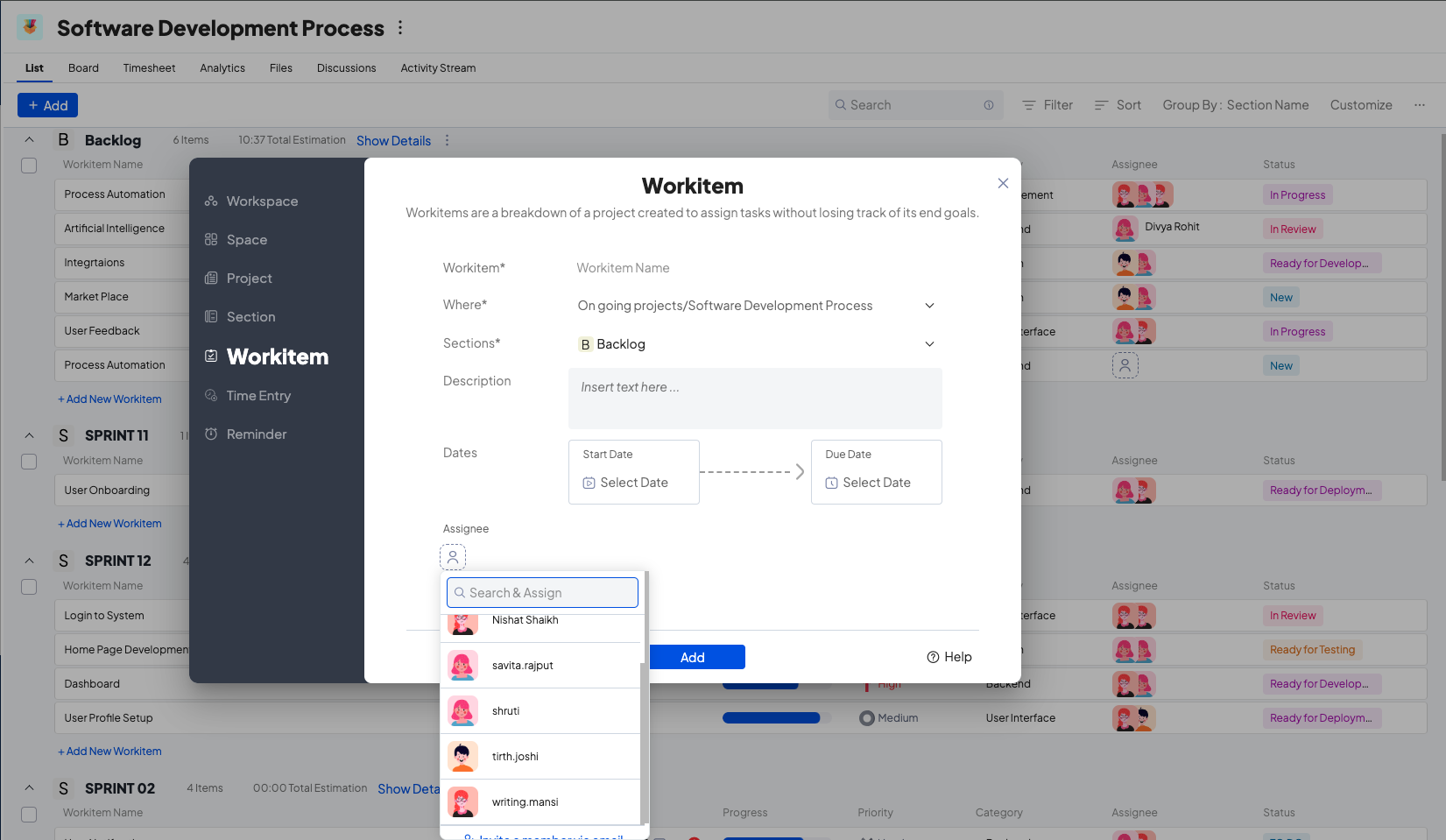
2. Customize timesheet settings on workspace level
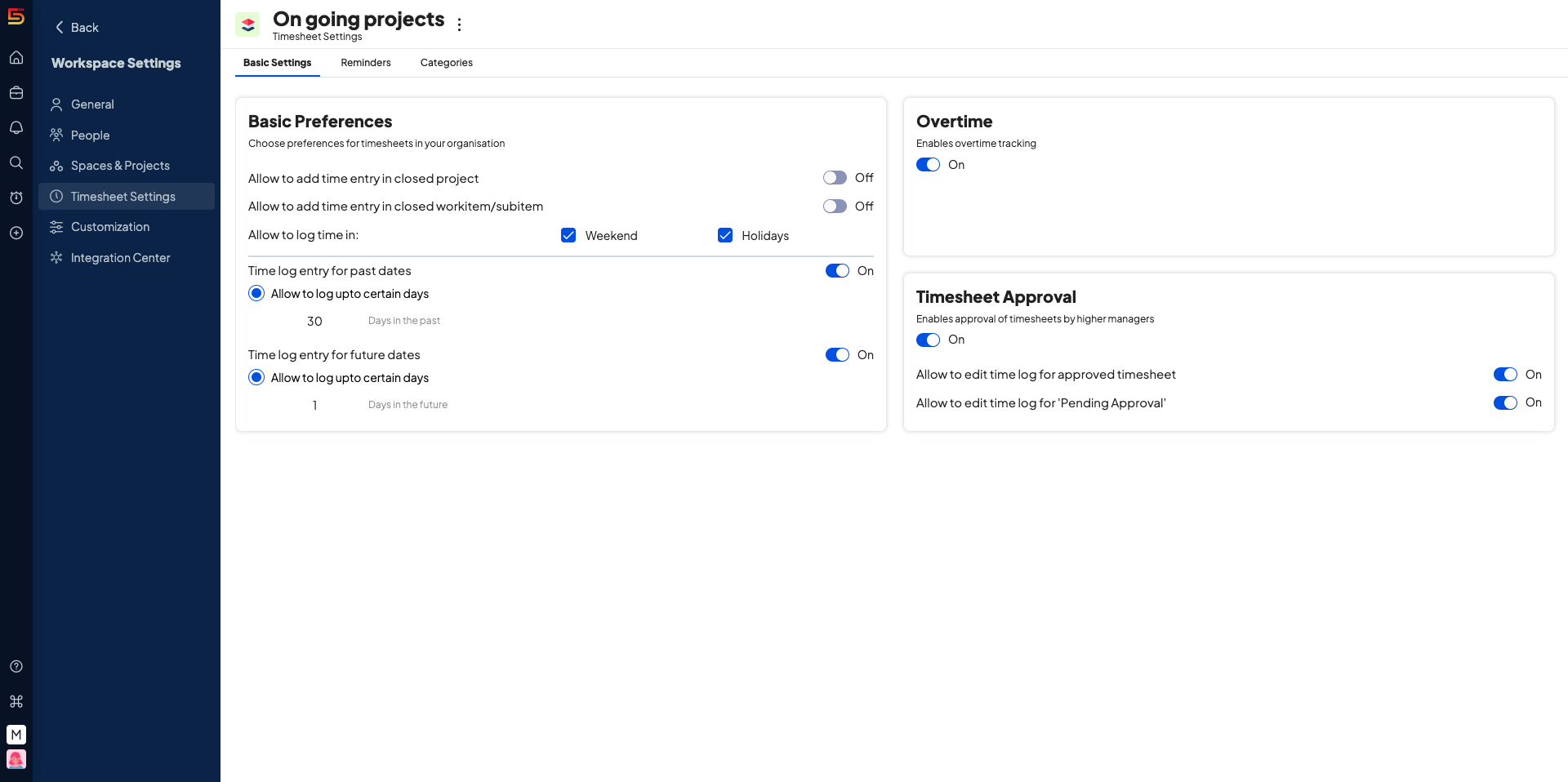
3. Enable your team to enter time using auto timer to manual entry
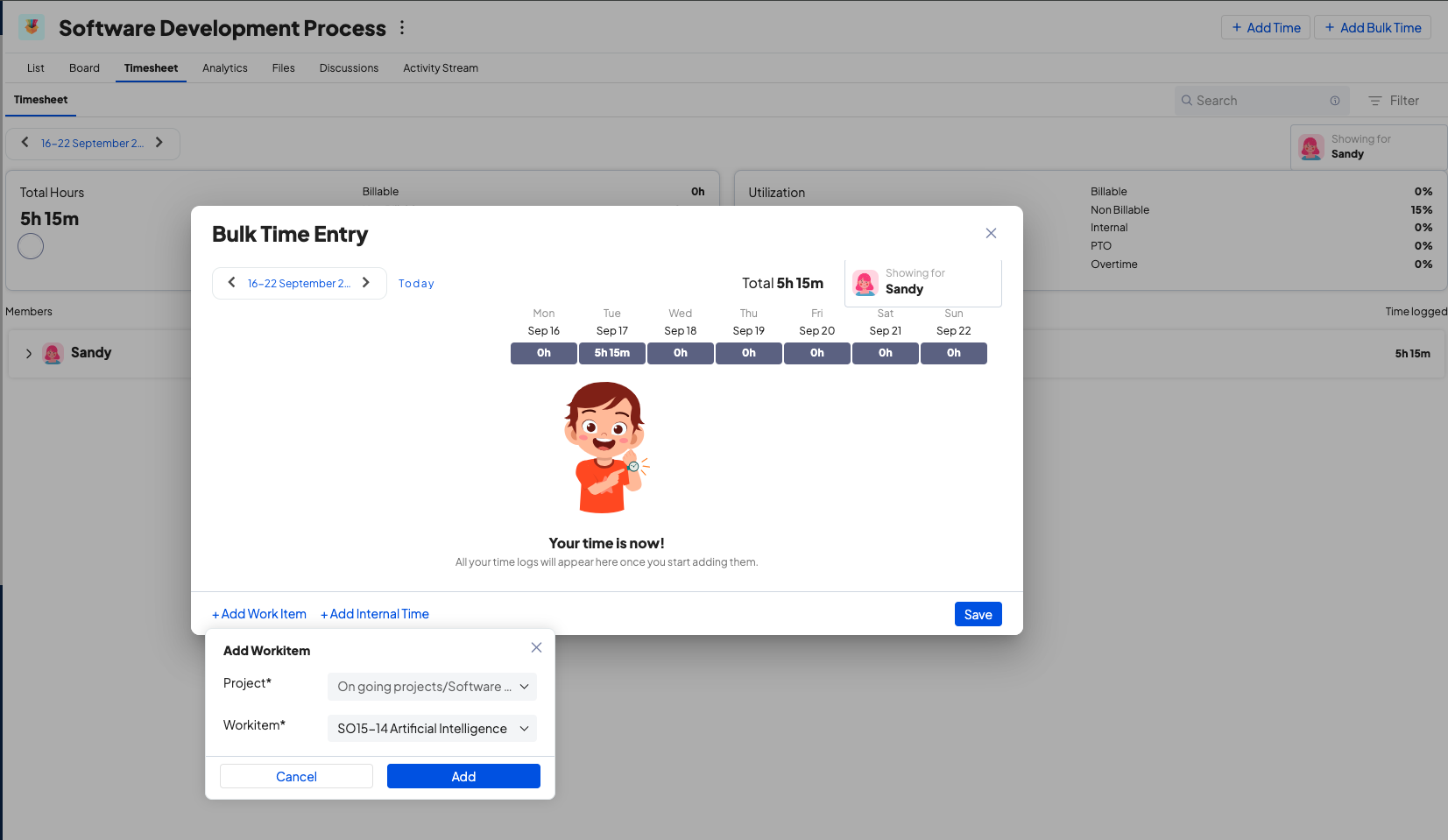
4. Approve timesheets and create custom reports on project analytics to get a complete overview
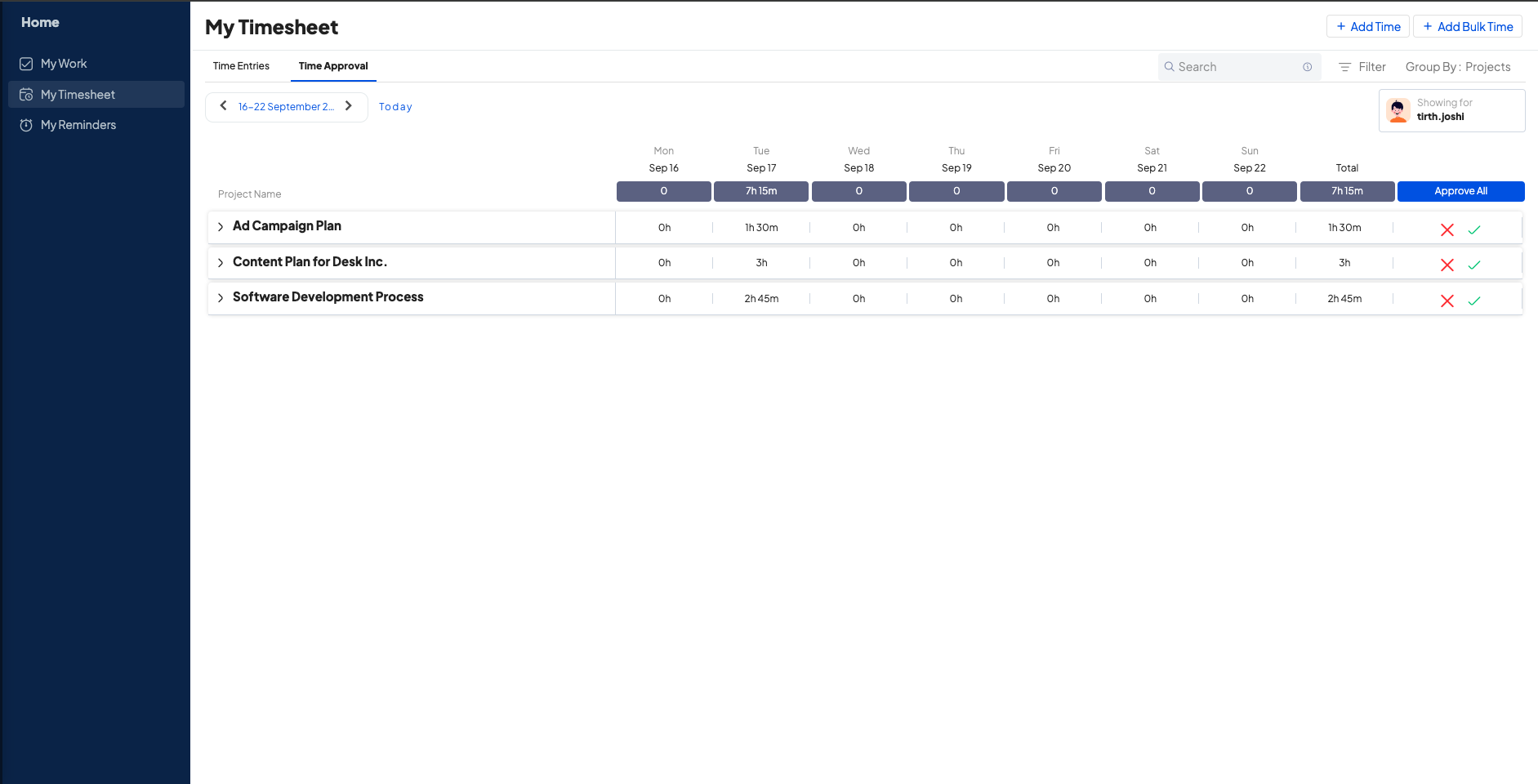
5day.io’s time tracking software has features like auto timer that lets your team track time spent on tasks in the background. This way, they can track time in detail, including overtime, and reduce manual errors.
Note: The account owner needs to enable overtime on the workspace level.
Additionally, 5day.io’s timesheet management system is completely customizable.
- Don’t want to approve and submit timesheets? Turn it off.
- Don’t want your team to add time for more than x days in the past? Customize it.
- Want to send reminders to fill, submit, or approve timesheets? Automate it.
All these capabilities, paired with a strong project and task management system, make 5day.io an ideal choice for handling daily work and big projects.
